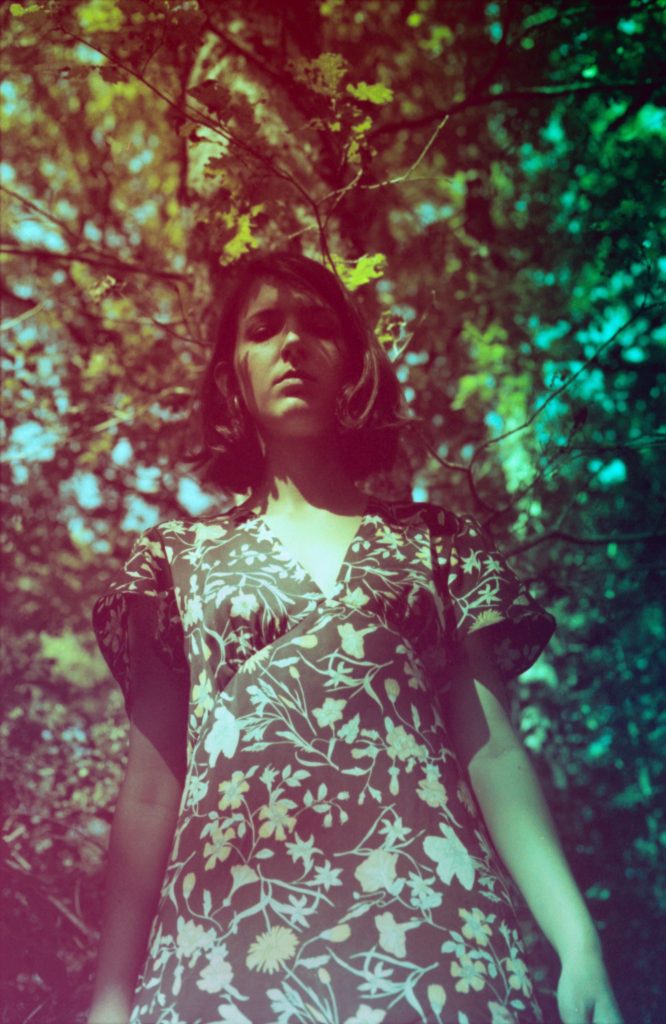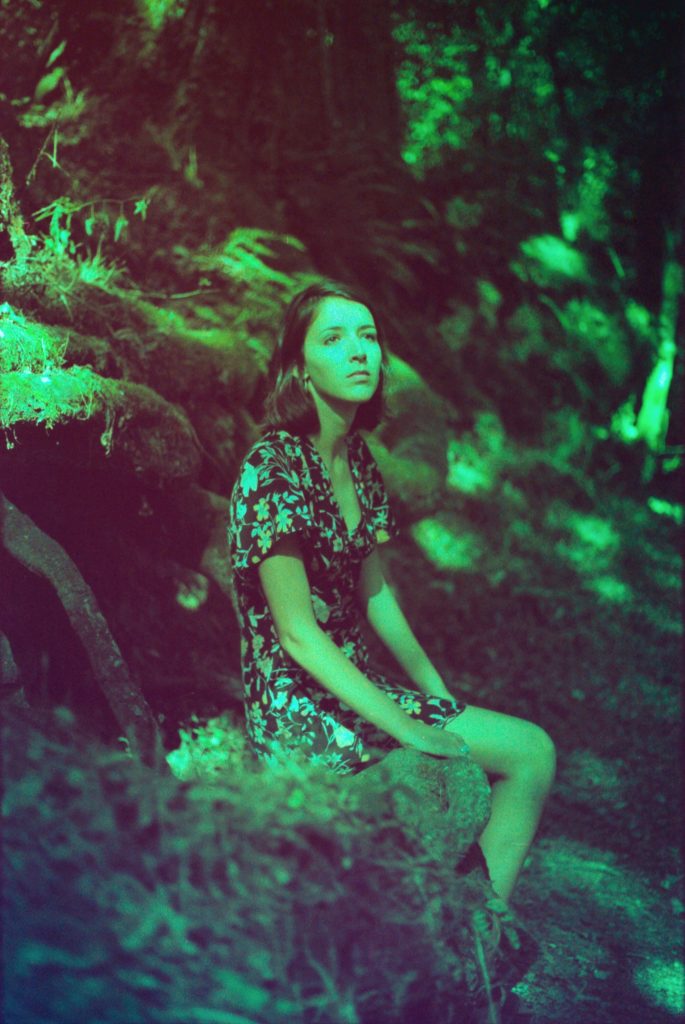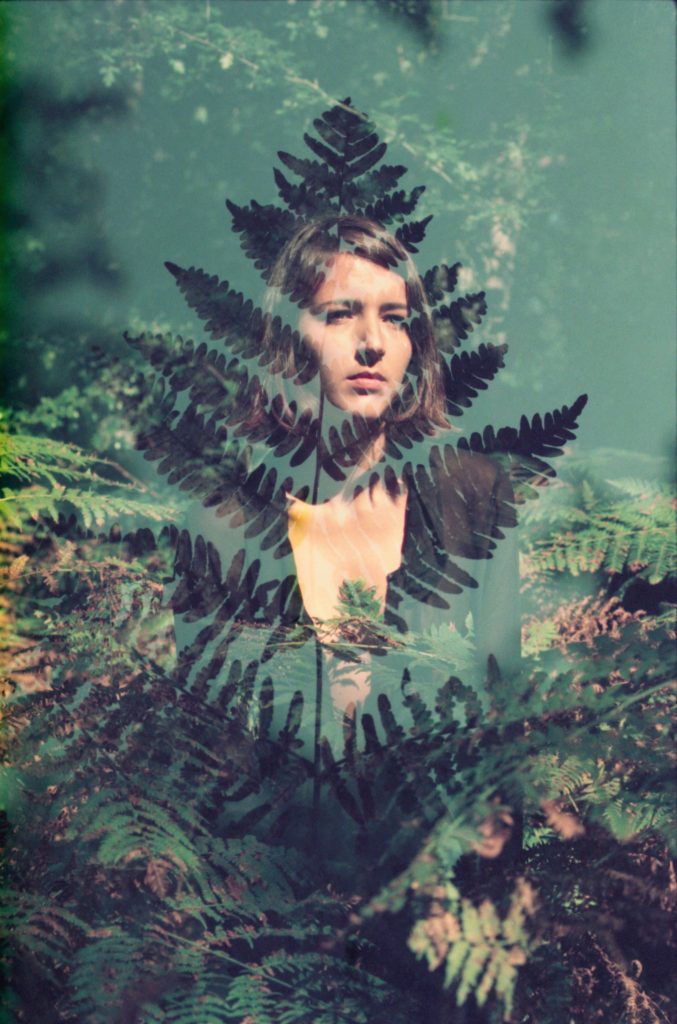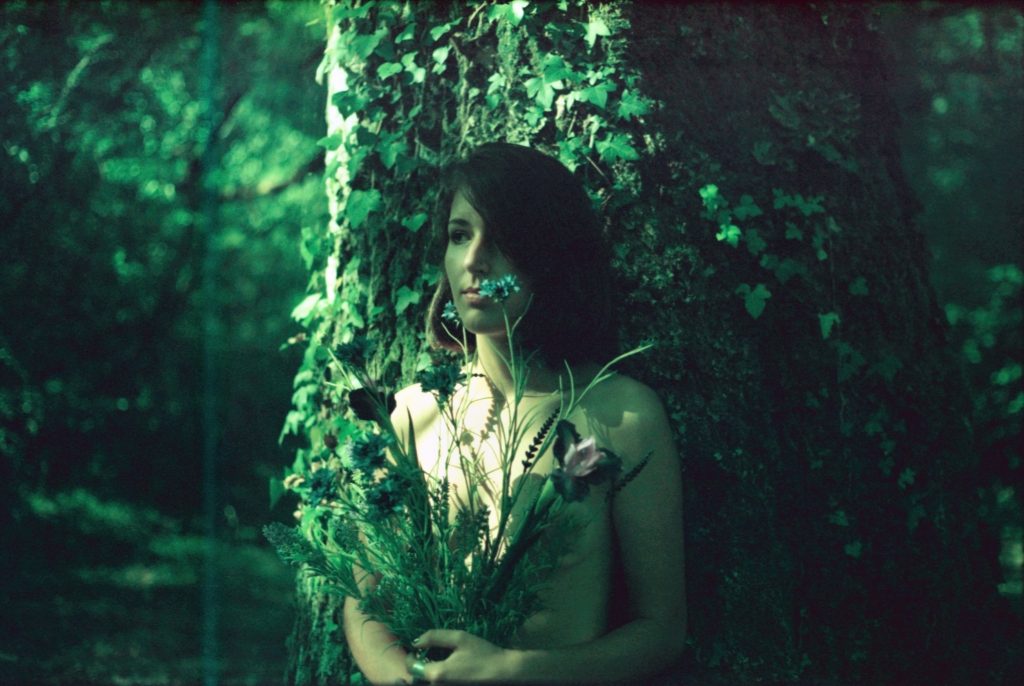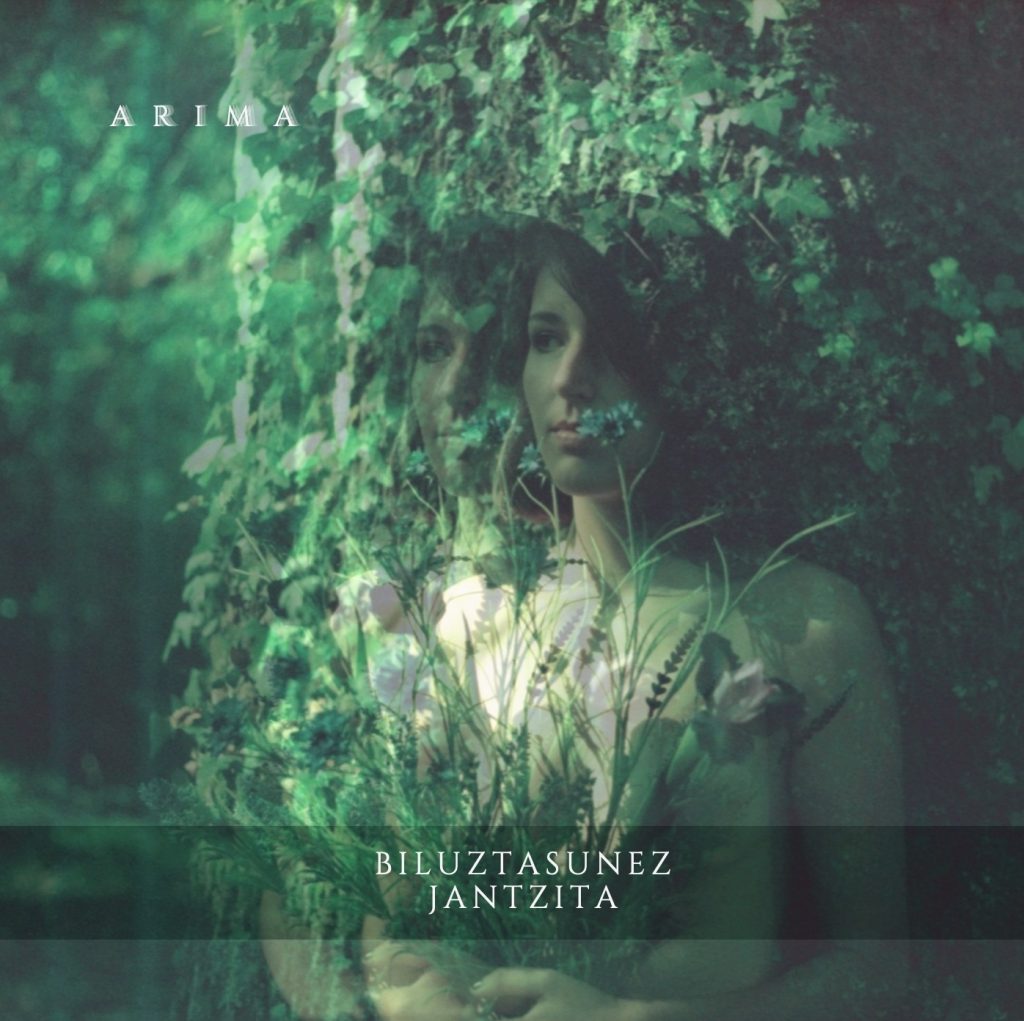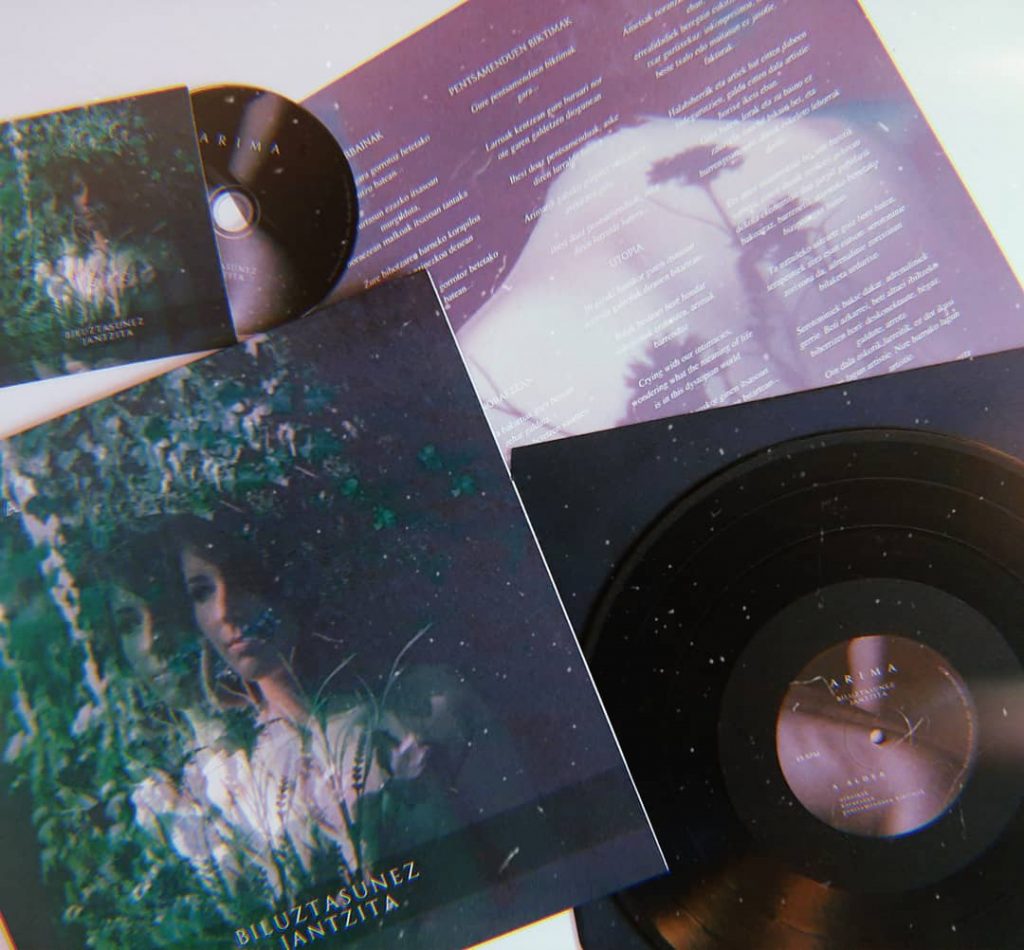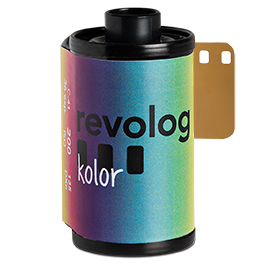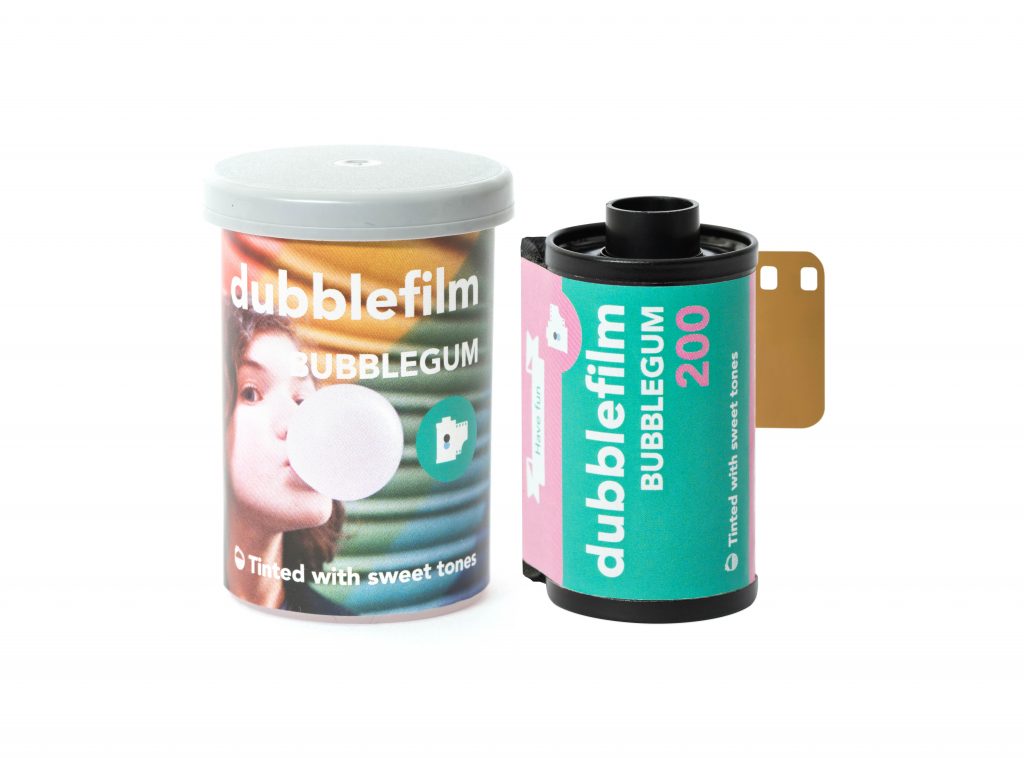The July picture of our calendar features a beautiful photo by Iosune de Goñi and we were delighted when she got in touch to tell us that she worked with revolog film to create the artwork for Basque shoegaze band Arima. Of course we wanted to learn more about her and her work!
Where are you from, how old are you?
I’m from Burlata, Basque Country, and I just turned 28.
Would you like to tell us a bit about yourself and how your love for photography came to life?
I took my first photographs when I was a child, using the camera of my parents, but my love for analog photography started when I was 18 years old. I already had a digital camera and used to experiment with it, making digital double exposures and playing with the colors, textures… But then I discovered Lomography and fell in love with its concept of photography as an experimental and intuitive way of creating art.
Do you professionally work as a photographer?
No, although I would love to do it. I have some chronic conditions that make it very difficult for me to do any kind of work, so my main job is taking care of myself. However, I do some edition and translation work from home. Illness prevented me from taking photographs for a long time, and it was very painful, but in the last months I’ve managed to go out a little bit more, do some photoshoots again, and rediscover the beautiful world of photography. To be honest, working as a photographer would be a dream come true, but I think that’s pretty difficult in general, especially if you shoot analog photography.
Why do you like to take analog pictures? Do you shoot digital as well?
As I’ve mentioned before, I started shooting digital, but then switched to analog photography. For some time, I combined both and took at least two cameras with me to every place I went. But it was exhausting. Over time, I started using the digital camera less and less, and now I take it very occasionally.
The thing I like the most about analog photography is the feeling of freedom that you experience while shooting and developing your photos. Unlike in digital photography, you can’t control what’s happening, and that gives you the chance to be more experimental. The result is always a surprise, sometimes a good one, and sometimes you have to throw away the whole film, but that’s part of the charm of analog photography. It also allows you to have a closer relation with your work, touching it, submerging it in the liquids of film soup or the chemicals used to develop it. I think that closeness, the slow pace it requires, is something we’re losing. And we should make some time for stillness.

Do you have a favorite subject to photograph? If so, why?
I started taking photos as a way to escape language and the limits it imposes on things. Besides being a photographer, I am also a writer, and there came a time when I felt trapped by words and their way of cutting and differentiating every element of nature and reality. I wanted to transcend that false illusion of separate bodies and show how everything is interconnected. That’s the main subject of my work.
This interrelation and merging of things is clearly found in nature, which is present in almost all my work. I love capturing the delicacy of living beings, such as flowers, insects, branches or spiderwebs. I use to shoot my photographs in the woods, with natural light and surrounded by the trees. Since I fell ill, my interest in self-portraiture has increased, so I usually take photographs of myself, exploring the relation between nature and the self and trying to erase the limits that separate them.
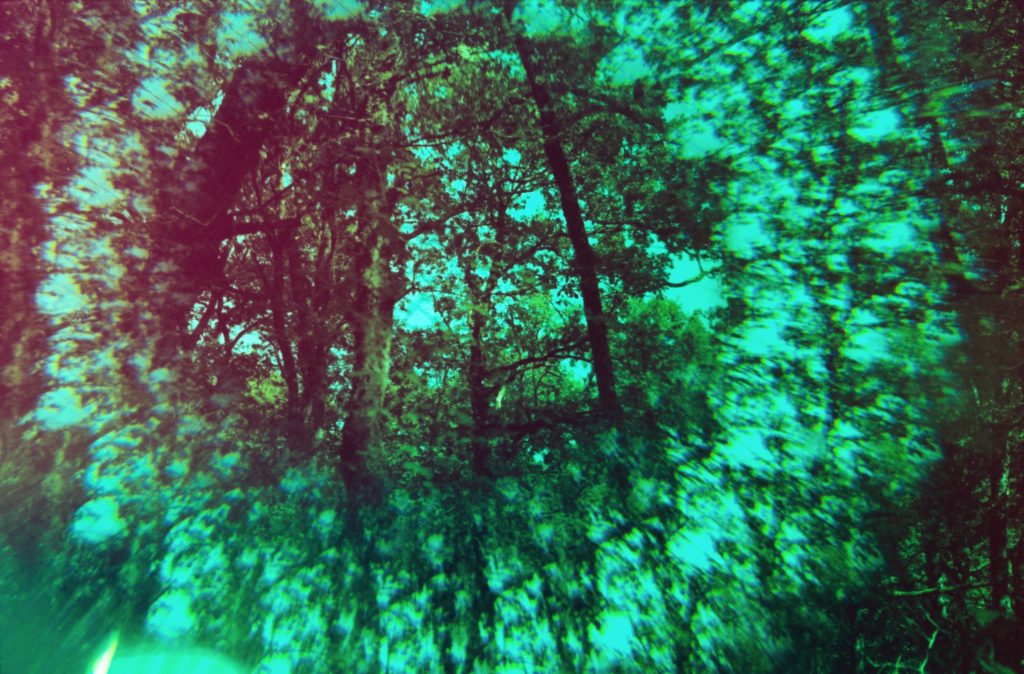
What’s your favorite analog camera?
My go-to camera is a Canon EOS 300, but I would love to get its sister, the Canon EOS 3. I also had a Contax G1 that I loved, which I bought from Polina Washington.
Do you have a favorite revolog film?
So far, my favorite is Revolog Kolor. I love its subtle change of colors and how the effect is different if you under or overexpose the photographs. However, there are some films that I haven’t tried yet. I really want to try the Teslas, Kosmos, Nebula and Snovlox.
Any advice for other aspiring photographers?
I would tell them not to think too much about what they want to do and how they want to do it. Just take the camera and go out, experiment, play with it until you get the results you like. The rest will come alone.
Do you have any future projects you’d like to talk about?
Last December I published a zine called Trenza roja (Red braid) with the writer Inés Martínez García. It was a multidisciplinary project about illness and love, which mixed photography and writing. I had never combined both languages and found it to be a very beautiful and interesting experience, so I would love to keep creating that kind of mixed media projects.
Besides that, I am currently working on a digital project on chronic pain and its visibility, and planning to do a series of photographs about sexual assault and the myth of Kassandra.
ABOUT THE SERIES
What can you tell us about this series? Why have you decided to shoot it analog and with revolog film?
I shoot this series of photos for the new album of Arima, a Basque shoegaze band. The model that appears in the pictures is Paule Bilbao, singer and guitarist of the band, who contacted me in September 2020 to ask me if I wanted to take the photographs of the album. And of course, I said yes.
Paule explained to me the main concepts and ideas of the the new songs and sent me some images that followed the style of the photographs she wanted to create. As I’ve mentioned before, I mainly shoot analog, and Paule contacted me because she liked my work, so I didn’t even think about shooting digital. After our conversation, I sent her some examples of photographs taken with different films that I thought could suit our ideas, and she chose Dubblefilm Bubblegum and Revolog Kolor.
Where have you shot the series and did you had a certain concept for the photos?
We took the photos in a forest called Orgiko basoa. Many of my photos have been taken there because it’s close to my home and my illness doesn’t let me go so far. The songs of the album speak about our inner worlds, feelings and emotions, creating a dark and heavy atmosphere, and nature is always present as a metaphor or an interior landscape, so I thought the woods could be an appropriate environment to do the shooting. I tried to capture nature as part of that inner world, in which the self is shattering, dissolving into multiple fragments.
What “filter” have you used that you get that kaleidoscope effect.
I used a set of filters by Get Fractals. The kaleidoscopic one is the Julia Fractal Filter, which I absolutely love.
Do you have a personal favorite?

Yes. My favorite is the one that appears in the Revolog Calendar 2021. I love how the colors of the film merge in that photograph, combining with the psychedelic effect of the filter.
We want to thank Iosune de Goñi for sharing her beautiful work with us and taking the time for answering our questions so detailed. If you want to see more of her mesmerizing work, be sure to follow her on instagram. @iosunedegoni The band Arima can also be found on instagram @arimagara
Featured products: Kolor – dubblefilm Bubblegum

